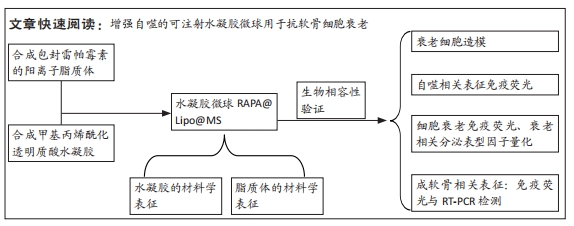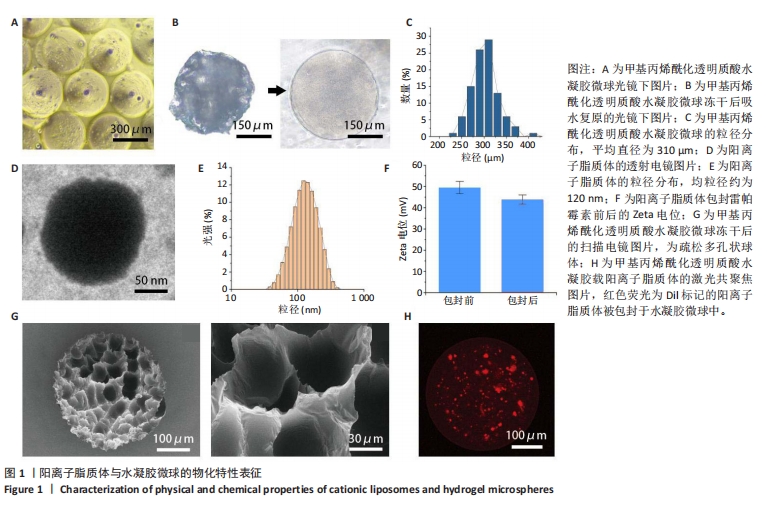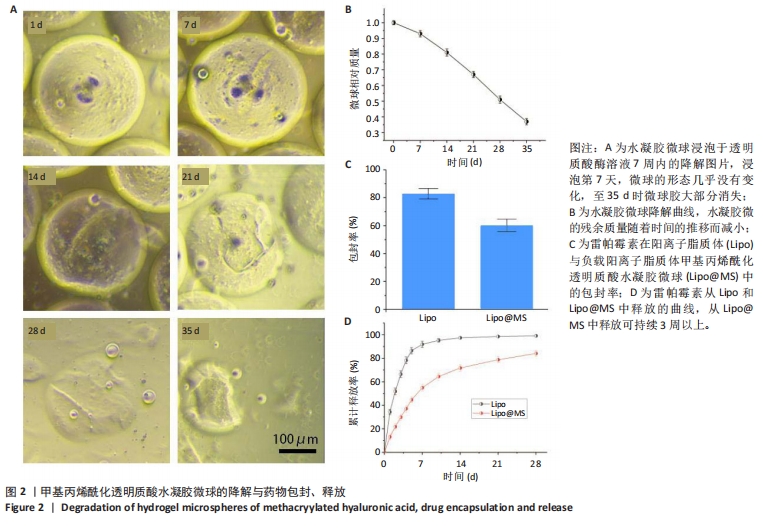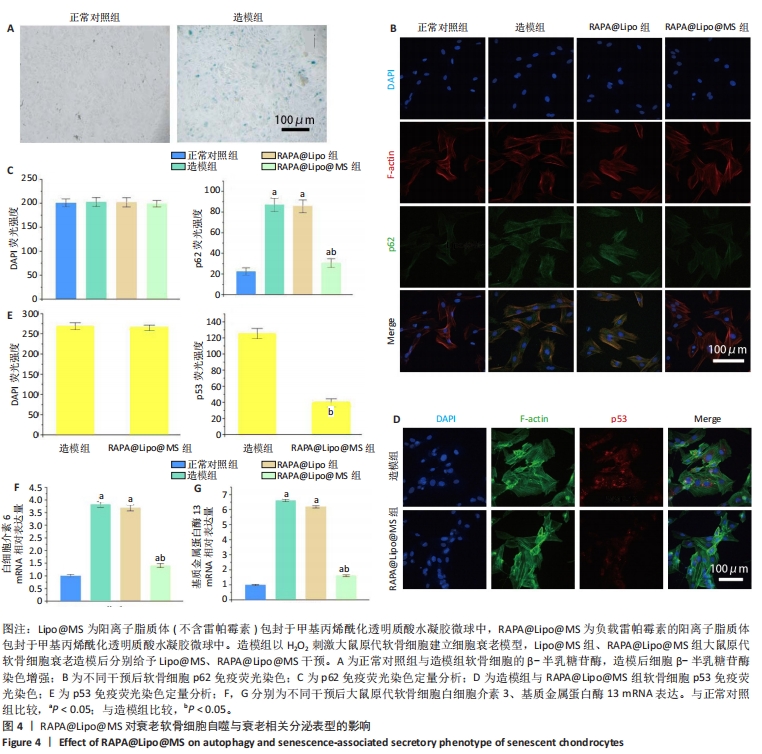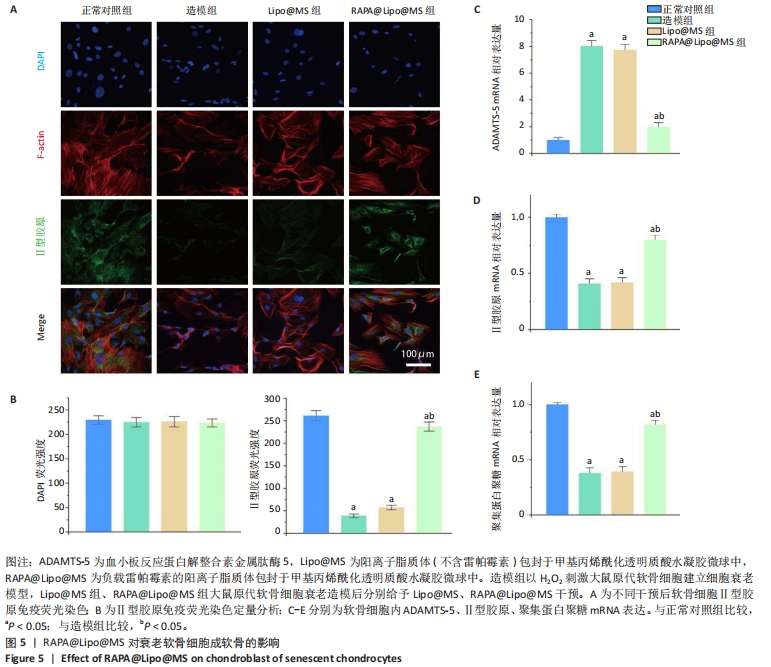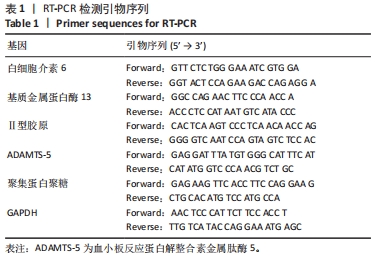[1] CORYELL PR, DIEKMAN BO, LOESER RF. Mechanisms and therapeutic implications of cellular senescence in osteoarthritis. Nat Rev Rheumatol. 2021;17(1):47-57.
[2] ABRAMOFF B, CALDERA FE. Osteoarthritis: Pathology, Diagnosis, and Treatment Options. Med Clin North Am. 2020;104(2):293-311.
[3] SWAHN H, LI K, DUFFY T, et al. Senescent cell population with ZEB1 transcription factor as its main regulator promotes osteoarthritis in cartilage and meniscus. Ann Rheum Dis. 2023;82(3):403-415.
[4] ZHANG L, PITCHER LE, YOUSEFZADEH MJ, et al. Cellular senescence: a key therapeutic target in aging and diseases. J Clin Invest. 2022; 132(15):e158450.
[5] CHILDS BG, GLUSCEVIC M, BAKER DJ, et al. Senescent cells: an emerging target for diseases of ageing. Nat Rev Drug Discov. 2017;16(10):718-735.
[6] ROBBINS PD, JURK D, KHOSLA S, et al. Senolytic Drugs: Reducing Senescent Cell Viability to Extend Health Span. Annu Rev Pharmacol Toxicol. 2021;61:779-803.
[7] TABIBZADEH S. Role of autophagy in aging: The good, the bad, and the ugly. Aging Cell. 2023;22(1):e13753.
[8] SHIRAKABE A, IKEDA Y, SCIARRETTA S, et al. Aging and Autophagy in the Heart. Circ Res. 2016;118(10):1563-1576.
[9] ZHANG Y, ZHANG J, WANG S. The Role of Rapamycin in Healthspan Extension via the Delay of Organ Aging. Ageing Res Rev. 2021;70:101376.
[10] DOS SANTOS KC, DOS REIS LR, RODERO CF, et al. Bioproperties, Nanostructured System and Analytical and Bioanalytical Methods for Determination of Rapamycin: A Review. Crit Rev Anal Chem. 2023:1-9. doi: 10.1080/10408347.2020.1839737-test.
[11] EBADA HM, NASRA MM, NASSRA RA, et al. Cationic nanocarrier of rhein based on hydrophobic ion pairing approach as intra-articular targeted regenerative therapy for osteoarthritis. Colloids Surf B Biointerfaces. 2022;211:112285.
[12] AJEESHKUMAR KK, ANEESH PA, RAJU N, et al. Advancements in liposome technology: Preparation techniques and applications in food, functional foods, and bioactive delivery: A review. Compr Rev Food Sci Food Saf. 2021;20(2):1280-1306.
[13] ZHU H, ZHENG J, OH XY, et al. Nanoarchitecture-Integrated Hydrogel Systems toward Therapeutic Applications. ACS Nano. 2023;17(9):7953-7978.
[14] ZHOU X, LI WK, ZHUANG C, et al. Lei’s formula attenuates osteoarthritis mediated by suppression of chondrocyte senescence via the mTOR axis: in vitro and in vivo experiments. Aging (Albany NY). 2024;16(5): 4250-4269.
[15] GAO H, NEPOVIMOVA E, HEGER Z, et al. Role of hypoxia in cellular senescence. Pharmacol Res. 2023;194:106841.
[16] SPEARMAN BS, AGRAWAL NK, RUBIANO A, et al. Tunable methacrylated hyaluronic acid-based hydrogels as scaffolds for soft tissue engineering applications. J Biomed Mater Res A. 2020;108(2):279-291.
[17] WU J, LI G, YE T, et al. Stem cell-laden injectable hydrogel microspheres for cancellous bone regeneration. Chem Eng J. 2020; 393:124715.
[18] ZHAO Z, WANG Z, LI G, et al. Injectable microfluidic hydrogel microspheres for cell and drug delivery. Adv Funct Mater. 2021;31: 2103339.
[19] CHANG H, CAI F, ZHANG Y, et al. Silencing Gene-Engineered Injectable Hydrogel Microsphere for Regulation of Extracellular Matrix Metabolism Balance. Small Methods. 2022;6(4): e2101201.
[20] GERBER PA, BUHREN BA, BÖLKE E, et al. Time- and Dose-Dependent Effects of Hyaluronidase on the Degradation of Different Hyaluronan-Based Fillers In Vitro. Plast Reconstr Surg. 2023;151(3): 560-567.
[21] CHILDS BG, GLUSCEVIC M, BAKER DJ, et al. Senescent cells: an emerging target for diseases of ageing. Nat Rev Drug Discov. 2017;16(10):718-735.
[22] PICCA A, FAITG J, AUWERX J, et al. Mitophagy in human health, ageing and disease. Nat Metab. 2023;5(12):2047-2061.
[23] JEON OH, KIM C, LABERGE RM, et al. Local clearance of senescent cells attenuates the development of post-traumatic osteoarthritis and creates a pro-regenerative environment. Nat Med. 2017;23(6):775-781.
[24] CHAIB S, TCHKONIA T, KIRKLAND JL. Cellular senescence and senolytics: the path to the clinic. Nat Med. 2022;28(8):1556-1568.
[25] LEVINE B, KROEMER G. Biological Functions of Autophagy Genes: A Disease Perspective. Cell. 2019;176(1-2):11-42.
[26] CHEN X, GONG W, SHAO X, et al. METTL3-mediated m6A modification of ATG7 regulates autophagy-GATA4 axis to promote cellular senescence and osteoarthritis progression. Ann Rheum Dis. 2022;81(1): 87-99.
[27] MU W, REZEK V, MARTIN H, et al. Autophagy inducer rapamycin treatment reduces IFN-I-mediated Inflammation and improves anti-HIV-1 T cell response in vivo. JCI Insight. 2022;7(22): e159136.
[28] ARRIOLA APELO SI, LAMMING DW. Rapamycin: An InhibiTOR of Aging Emerges From the Soil of Easter Island. J Gerontol A Biol Sci Med Sci. 2016;71(7):841-849.
[29] XIE Y, LEI X, ZHAO G, et al. mTOR in programmed cell death and its therapeutic implications. Cytokine Growth Factor Rev. 2023;71-72:66-81.
[30] BURKE JA, ZHANG X, BOBBALA S, et al. Subcutaneous nanotherapy repurposes the immunosuppressive mechanism of rapamycin to enhance allogeneic islet graft viability. Nat Nanotechnol. 2022; 17(3):319-330.
[31] ZHONG Y, ZHOU Y, DING R, et al. Intra-articular treatment of temporomandibular joint osteoarthritis by injecting actively-loaded meloxicam liposomes with dual-functions of anti-inflammation and lubrication. Mater Today Bio. 2023;19:100573.
[32] EBADA HM, NASRA MM, NASSRA RA, et al. Cationic nanocarrier of rhein based on hydrophobic ion pairing approach as intra-articular targeted regenerative therapy for osteoarthritis. Colloids Surf B Biointerfaces. 2022;211:112285.
[33] XU XL, XUE Y, DING JY, et al. Nanodevices for deep cartilage penetration. Acta Biomater. 2022;154:23-48.
[34] LEI Y, WANG Y, SHEN J, et al. Injectable hydrogel microspheres with self-renewable hydration layers alleviate osteoarthritis. Sci Adv. 2022; 8(5):eabl6449.
[35] JÖRGENSEN AM, WIBEL R, BERNKOP-SCHNÜRCH A. Biodegradable Cationic and Ionizable Cationic Lipids: A Roadmap for Safer Pharmaceutical Excipients. Small. 2023;19(17):e2206968.
[36] QIAN Y, LIANG X, YANG J, et al. Hyaluronan Reduces Cationic Liposome-Induced Toxicity and Enhances the Antitumor Effect of Targeted Gene Delivery in Mice. ACS Appl Mater Interfaces. 2018;10(38):32006-32016.
[37] VARGAS JNS, HAMASAKI M, KAWABATA T, et al. The mechanisms and roles of selective autophagy in mammals. Nat Rev Mol Cell Biol. 2023;24(3):167-185.
[38] LAMARK T, SVENNING S, JOHANSEN T. Regulation of selective autophagy: the p62/SQSTM1 paradigm. Essays Biochem. 2017;61(6): 609-624.
[39] OU HL, SCHUMACHER B. DNA damage responses and p53 in the aging process. Blood. 2018;131(5):488-495.
[40] BIRCH J, GIL J. Senescence and the SASP: many therapeutic avenues. Genes Dev. 2020;34(23-24):1565-1576.
[41] WAKALE S, WU X, SONAR Y, et al. How are Aging and Osteoarthritis Related? Aging Dis. 2023;14(3):592-604.
[42] TIKU ML, MADHAN B. Preserving the longevity of long-lived type II collagen and its implication for cartilage therapeutics. Ageing Res Rev. 2016:62-71.
[43] GONG Y, LI S, WU J, et al. Autophagy in the pathogenesis and therapeutic potential of post-traumatic osteoarthritis. Burns Trauma. 2023;11:tkac060. |
